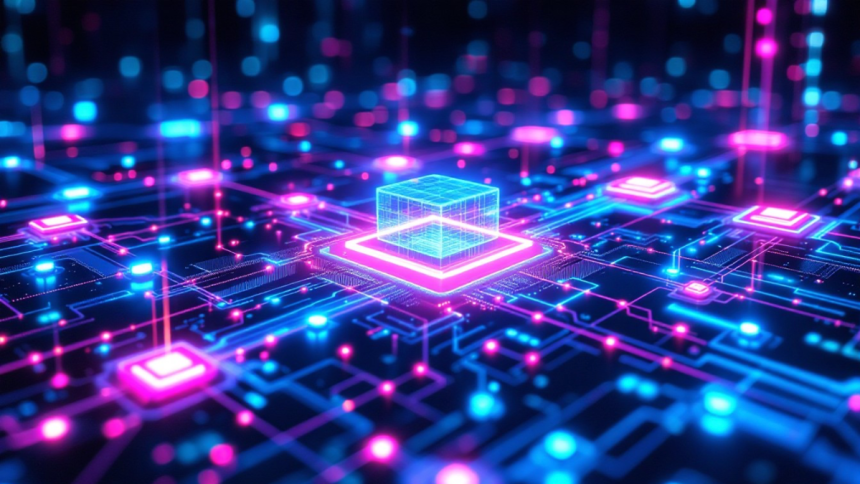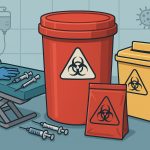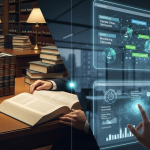Imagine living in a world where your fridge tells you when you’re out of milk, your watch monitors your heart health, and streetlights adjust automatically based on traffic. Well, that could literally be our future. And that’s all thanks to IoT.
While we love to talk about all of the new cool gadgets, have you ever stopped to think, what makes all of this possible? Behind every single smart device is a set of small (but powerful) electronic components.
They’re what makes IoT work, and they’re more important now than ever. Today, we’ll be talking about why electronic components are substantial for IoT growth in 2025.
What Is IoT, Really?
Let us just refresh your memory real quick. IoT (Internet of Things) refers to devices we use everyday that are connected to the internet and can collect, share, or act on data.
These devices don’t just sit there. They sense, they process, they communicate… and that’s all with the help of electronic components.
The Role of Electronic Components
So, what are electronic components? In an IoT device, they are the essential parts that help it perform specific functions (like sensing the environment, processing data, and communicating with other devices).
Without them, IoT devices wouldn’t be smart. They would just be regular appliances.
They include:
- Sensors (they collect data like temperature, motion, or light)
- Microcontrollers and processors (they analyze and process the data that sensors collect)
- Transceivers and antennas (they send and receive that data wirelessly)
- Power components (like batteries)
- Memory (for storing data)
Another key player is an electronic component distributor. They help source and supply these parts to the engineers and companies that build IoT devices. They make sure that the right components are available, affordable, and delivered where and when they’re needed.
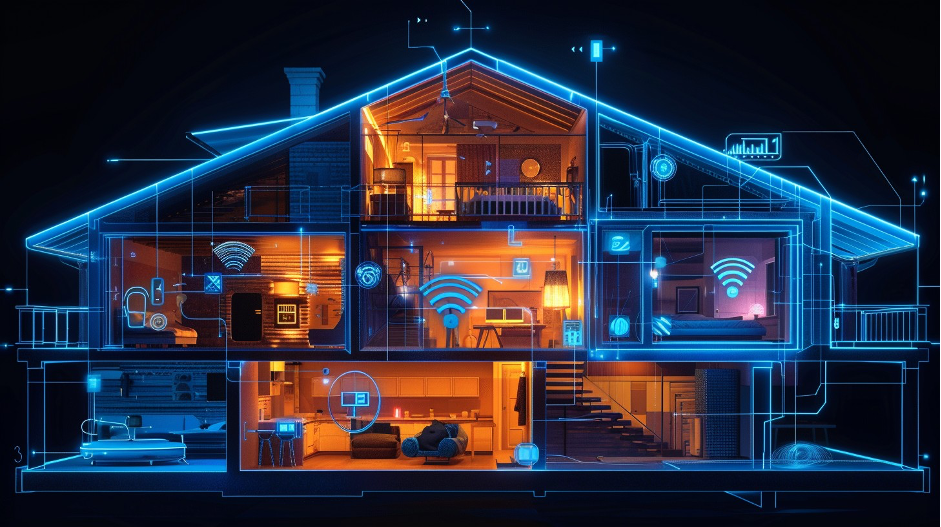
Sensors: The Eyes and Ears of IoT
Sensors are literally everywhere in IoT. They help your smartwatch count your steps and a smart irrigation system water plants only when the soil is dry.
In 2025, we’re seeing a huge rise in advanced sensor tech. Sensors are becoming:
- Smaller (so they fit in more places)
- Cheaper (so they can be added to more devices)
- More accurate (which means better data)
These improvements are unlocking new IoT applications in areas like remote healthcare, smart farming, and energy efficiency. Simply put, better sensors create smarter devices.
Microcontrollers: The Brains Behind It All
Once the sensor picks up data, something needs to process that information. And that’s the job of microcontrollers and processors.
Modern IoT devices use low-power microcontrollers that can handle more complex tasks while using minimal energy. In 2025, AI is being integrated directly into these chips (this trend is called “edge AI”), which means devices can analyze data right where it’s collected, without sending it all the way to the cloud.
This makes the whole process faster and safer, and reduces network congestion. Think of a security camera that can spot suspicious activity on its own, without needing constant access to the cloud. That’s huge progress.
Connectivity Components
For an IoT device to be “connected,” it needs to communicate with other devices, apps, or the internet itself. That’s where wireless modules, transceivers, and antennas come in.
In 2025, IoT devices are connecting through different technologies like:
- Wi-Fi and Bluetooth (great for home devices)
- LoRaWAN and NB-IoT (this option is ideal for long-range, low-power communication)
- 5G (perfect for high-speed communication in cities)
The demand for versatile and reliable communication chips is exploding at the moment and networks like LoRaWAN are making it possible for devices to communicate over longer distances while spending less energy.
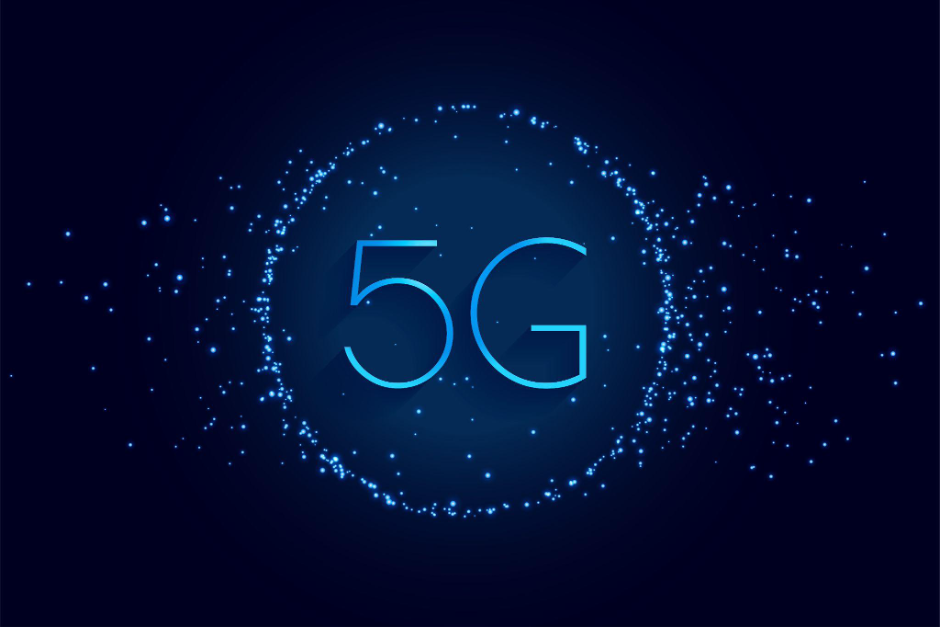
Memory: Storing What Matters
IoT devices need to have temporary (RAM) and permanent (flash) memory.
With growing data needs, memory components in 2025 are becoming more compact, faster, and more reliable. This helps devices manage more data locally, speeding up performance and making devices more autonomous.
Lynn Martelli is an editor at Readability. She received her MFA in Creative Writing from Antioch University and has worked as an editor for over 10 years. Lynn has edited a wide variety of books, including fiction, non-fiction, memoirs, and more. In her free time, Lynn enjoys reading, writing, and spending time with her family and friends.


